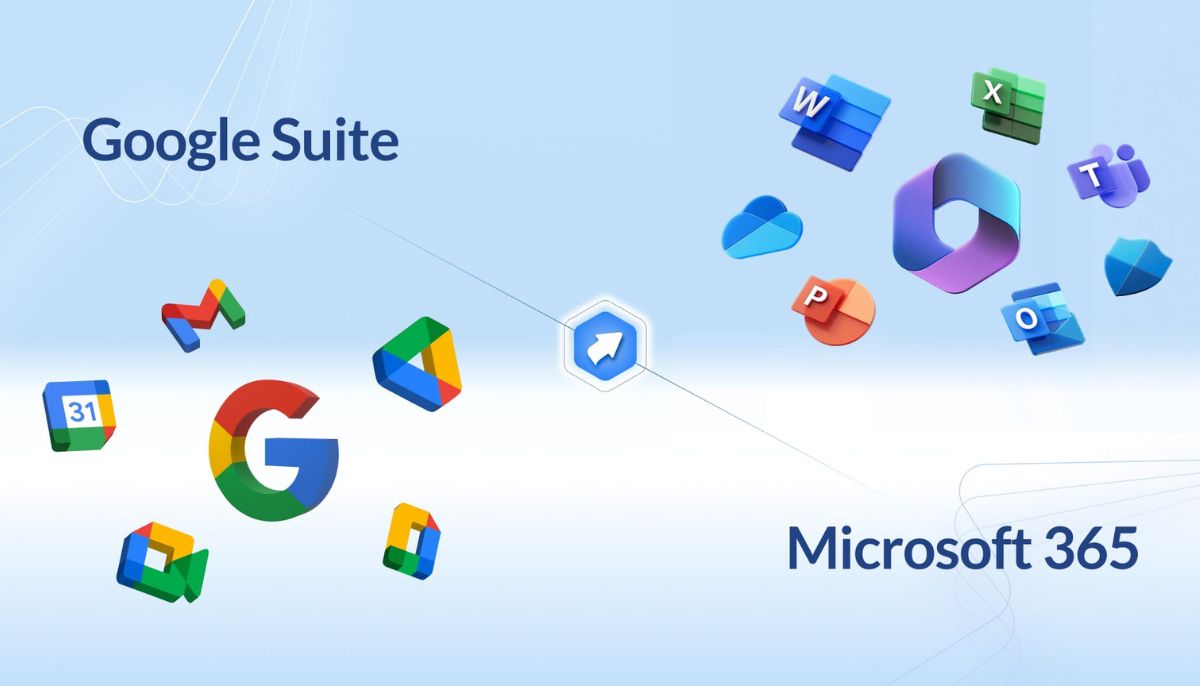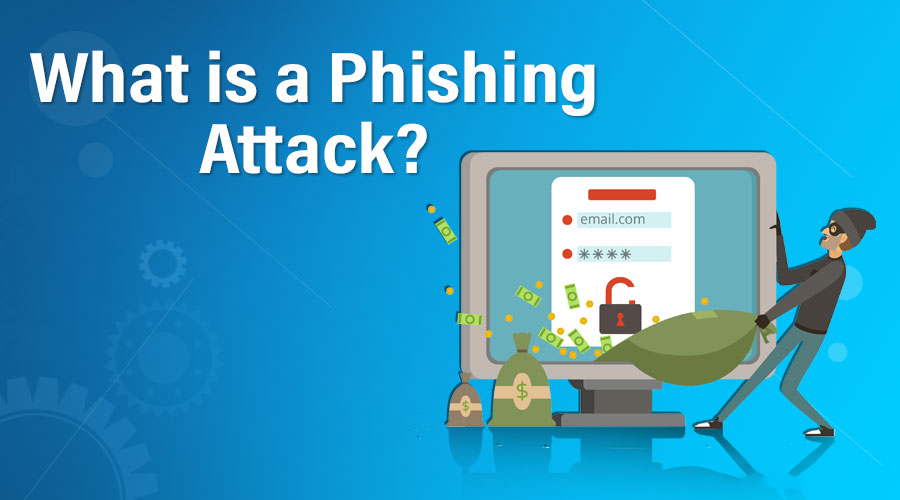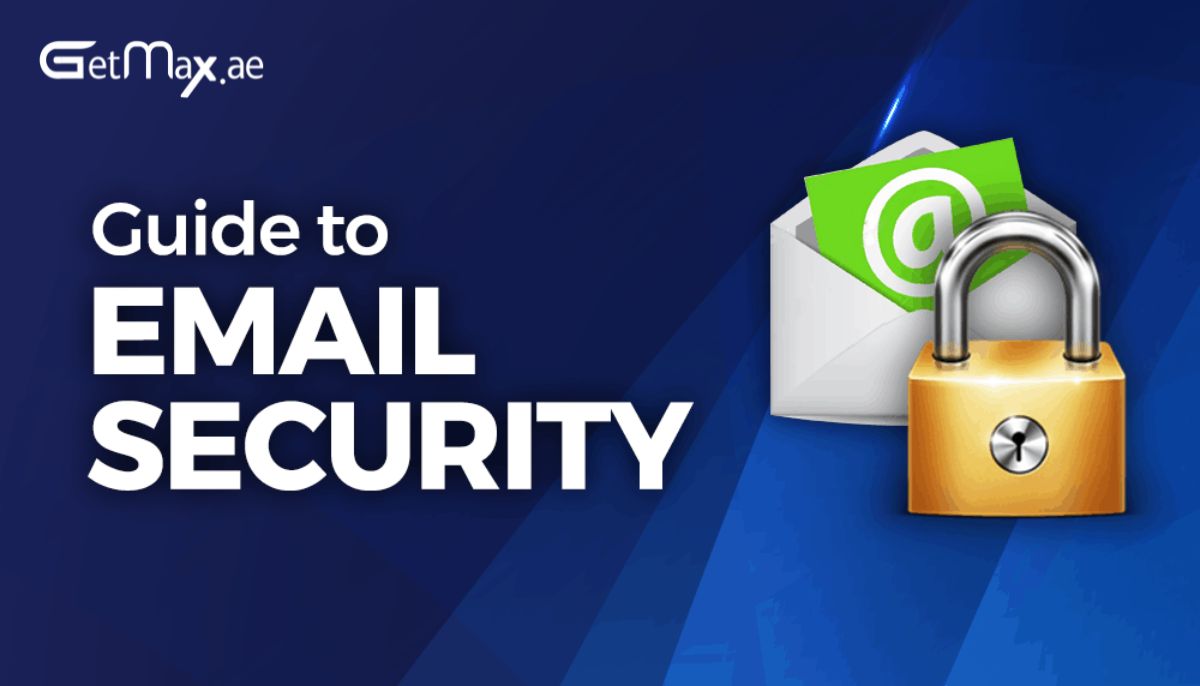
AI assistants have become an integral part of our daily lives, helping us with tasks ranging from simple reminders to complex data analysis. As technology continues to advance, so does the functionality of these intelligent assistants. One such groundbreaking innovation in the field of AI assistants is MaxAssist AI.
In this article, we will delve into the evolution of AI assistants, understand their capabilities, and explore how MaxAssist AI revolutionizes the landscape with its generative answers and actions. So, buckle up and get ready to witness the future of AI assistants!
The Evolution of AI Assistants
AI assistants started their journey by use of simple rule-based chatbots that could answer few questions. Nevertheless, with advancement in technology, the assistants became much complex than just a dictionary or an automatic thesaurus to support natural language processing and machine learning. Such an improvement let them comprehend context, adapt to user interactions, and respond more accurately. Voice recognition improved upon this even further, giving users to be able to interact with their AI assistant hands free.
The capabilities of intelligent assistants.
MaxAssist ai is an intelligent assistant that mimics human-type interaction and performs tasks on behalf of users. These helpers use joint artificial intelligence, deep neural networks, and machine learning model to comprehend user query and return correct result. They are not merely capable of transmitting texts; rather, they are also able to interpret voice commands and act upon commands issued by users.
Intelligent assistants have the option of obtaining data instantaneously thereby making them up-to-date and user guides can give users current information about different issues. These programs can answer questions, provide recommendations, book appointments, generate reminders, and even aid in complicated decision making. By having interaction with them, they get better at comprehending users’ preferences and responding in accordance with them.
Introducing MaxAssist AI and Its Unique Features
MaxAssist AI takes intelligent assistants to a whole new level with its unique features.
- Unlike traditional AI assistants that rely on pre-defined responses or search engines to generate answers, MaxAssist AI uses generative models to provide more dynamic and contextually appropriate responses. This means that instead of simply regurgitating information, MaxAssist AI can generate answers based on the specific query and user context, resulting in more accurate and personalized responses.
- Another standout feature of MaxAssist AI is its ability to perform actions based on user instructions. Whether it’s booking a flight, ordering groceries, or scheduling meetings, MaxAssist AI can handle complex tasks efficiently and effectively. This not only saves time for users but also enhances their overall productivity.
How MaxAssist AI Revolutionizes AI Assistants with Generative Answers and Actions
The traditional approach to AI assistants involved retrieving information from pre-existing knowledge bases or search engines. However, this approach had limitations as it relied on static data that might not always be up-to-date or contextually relevant. MaxAssist AI addresses this limitation by using generative models that can generate responses on the fly, based on the specific query and user context.
By leveraging generative answers, MaxAssist AI can provide users with dynamic and personalized responses, ensuring a more engaging and satisfying user experience. This capability is particularly useful in scenarios where information is constantly evolving, such as news updates, stock market analysis, or medical research. MaxAssist AI enables users to stay informed and make well-informed decisions based on the most recent and accurate information available.
Moreover, MaxAssist AI’s ability to perform actions sets it apart from traditional AI assistants. Instead of relying on external apps or websites to complete tasks, MaxAssist AI can directly interact with various systems and databases to execute actions. This seamless integration allows users to complete tasks more efficiently and eliminates the need to switch between different platforms or applications.
The Benefits of Using MaxAssist AI in Your Business
Implementing MaxAssist AI in your business can have numerous benefits.
- It can enhance customer experience by providing prompt and accurate responses to customer queries. This can lead to increased customer satisfaction and loyalty, ultimately translating into higher sales and revenue.
- MaxAssist AI can improve internal efficiency by automating repetitive tasks and reducing the workload on your employees. This enables your workforce to focus on more strategic and value-added activities, leading to improved productivity and overall business performance.
- MaxAssist AI can gather valuable insights from user interactions, allowing you to analyze customer preferences, identify trends, and make data-driven decisions. This can help you tailor your products or services to better meet customer needs and stay ahead of the competition.
How to Get Started with MaxAssist AI
Getting started with MaxAssist AI is a straightforward process.
- Begin by assessing your business needs and identifying the areas where an intelligent assistant can add value.
- Once you have a clear understanding of your requirements, you can reach out to the MaxAssist AI team to discuss implementation options and customization possibilities.
- The MaxAssist AI team will guide you through the integration process, ensuring a seamless transition and minimal disruption to your existing systems.
- They will help train the AI model based on your specific domain and use cases, ensuring that the generated responses and actions align with your business objectives.
The Future of AI Assistants with MaxAssist AI
As technology continues to evolve, so does the potential of AI assistants. With MaxAssist AI leading the way in generative answers and actions, we can expect a future where AI assistants become even more human-like and capable. From personalized recommendations to complex decision-making, AI assistants will play an increasingly significant role in our lives and businesses.
Conclusion
MaxAssist AI is a game-changer in the world of AI assistants. With its generative answers and actions, it goes beyond traditional chatbots, providing users with dynamic and personalized responses. Whether you’re a business looking to enhance customer experience or an individual seeking a more efficient assistant, MaxAssist AI has got you covered. Embrace the future of AI assistants with MaxAssist AI and unlock a world of possibilities!
Our MaxAssist AI, your intelligent assistant. It goes beyond chatbots, understanding your unique needs for truly customized solutions.









